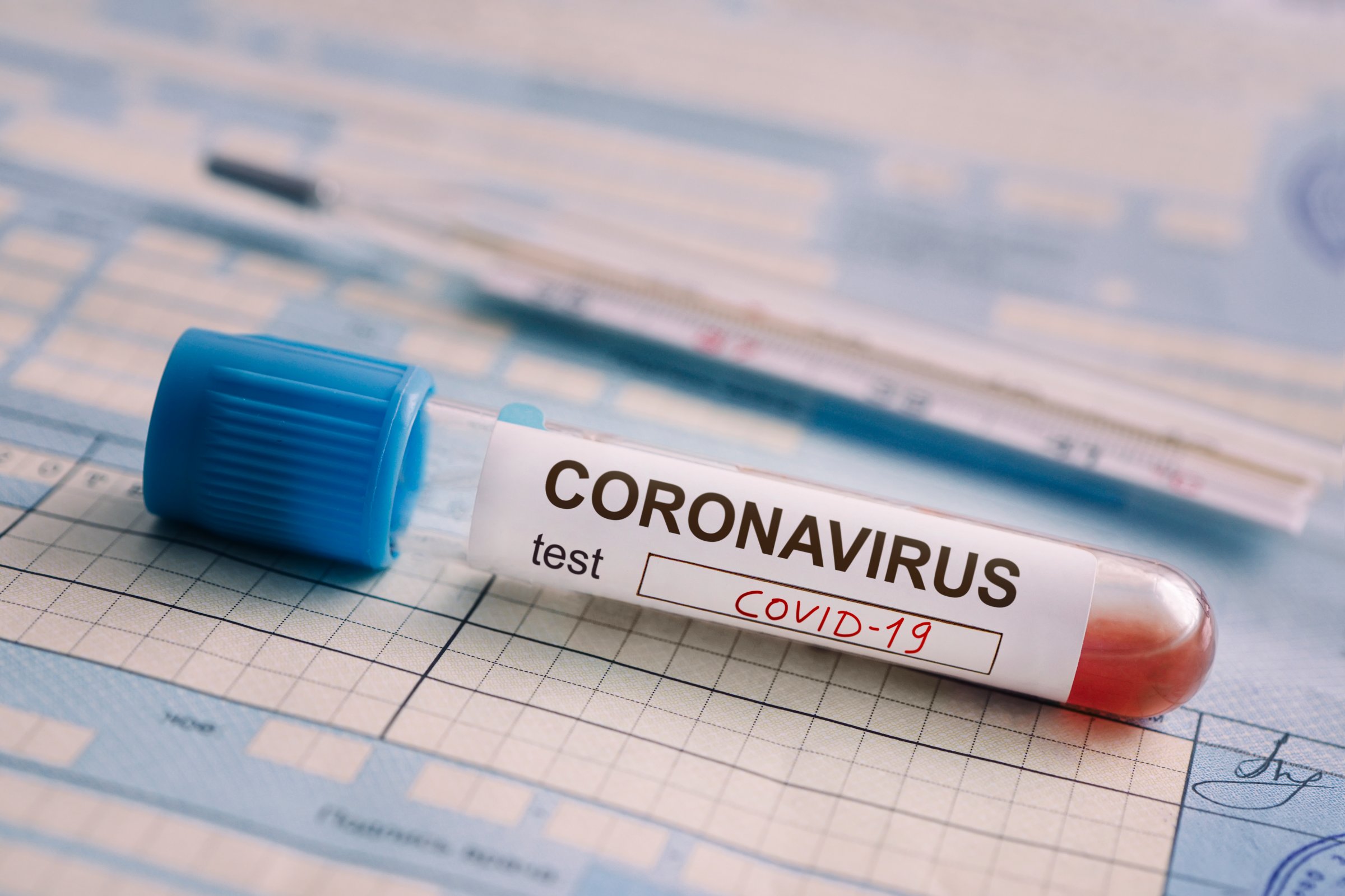
As cases of COVID-19 continue to climb in the U.S., there’s a new urgency to make sure there are as many tests as possible to diagnose people who have symptoms that might indicate an infection. Knowing if people are positive is important for guiding their next steps: self-isolation, avoiding contact with others, and, if their symptoms get worse, seeking medical care.
To date, access to tests has been spotty at best across the country, and while more kits are now available than even a week ago, most are gene-based assays that take several days for commercial labs to process and produce results.
That may change in about two months if the Food and Drug Administration (FDA) gives Emergency Use Authorization to the first blood-based COVID-19 test in the U.S. Scanwell Health, an at-home test company based in California, licensed the rights to a test developed by Chinese company Innovita, which was used extensively at the height of country’s epidemic earlier this year.
“The advantage of a rapid test like we’re working on is that it can be performed completely at home by the patient,” says Dr. Jack Jeng, chief medical officer of Scanwell. “It can be widely scalable rapidly and quickly deployed.”
That’s critical during an unfolding pandemic. In China, the test was approved by China’s Centers for Disease Control, and helped public health officials to keep pace with the burgeoning number of cases in Wuhan, at a time when gene-based testing methods that require complex lab facilities to process weren’t always possible. According to data from Innovita, 30 hospitals and health departments throughout China, including some in Wuhan, relied on the antibody test for rapid detection of patients.
The test picks up antibodies that the body makes when exposed to the COVID-19 virus; specifically, it looks for IgM antibodies, which the immune system churns out early in the course of most viral infections, as well as IgG antibodies, which appear later as the disease progresses. The presence of these antibodies in the blood strongly suggests that a person has been either exposed to the COVID-19 virus and developed an immune reaction to it, or has natural immunity to it. Either way, it’s a barometer that someone has been or is infected.
Scanwell’s request for FDA emergency authorization could take six to eight weeks, says company founder and CEO Stephen Chen. If approved, it would be the first at-home test for the disease in the world—in China, because of government regulations, the test was only administered by doctors and health officials. Chen says at-home testing is more common in the U.S., and federal regulators are more comfortable approving properly designed kits, as long as the companies behind them provide ways for people to connect with doctors about the results. A number of DIY, at-home health tests are already available for U.S. residents, including ones for urinary tract infections and pregnancy.
Here’s how Sanwell’s COVID-19 test would work: first, a user would answer questions on Scanwell’s app to determine if they qualify for the test. The company partnered with San Francisco-based telehealth company Lemonaid, whose doctors review these answers and prescribe the test if needed, following public health guidelines that generally require people to have symptoms including fever, cough and shortness of breath, and recent exposure or high risk of exposure to people who are already sick.
If they qualify, users would receive a test kit in the mail that works much the same way a pregnancy test works—except that the test uses blood instead of urine. They would put a single drop of blood and two drops of a solution provided in the test kit, and wait 15 minutes for a result, which, like a pregnancy test, appears as lines on the testing stick. Then, they take a picture of the result and submit it via the app. Lemonaid doctors then interpret the result and advise people on their next steps—whether they can monitor their symptoms from home, or if they need to go to a hospital for more intensive care.
Rapid testing to gauge the extent of community spread of the virus will become more critical as the U.S. outbreak grows, and at-home tests could become essential. “China’s protocols evolved and they moved from [traditional] testing to using rapid tests so they could better manage the outbreak and see who had it, and who was exposed,” says Chen. “That gives you a full picture into the spread of the disease which is what I think we are missing in the U.S. right now.”
More Must-Reads from TIME
- Cybersecurity Experts Are Sounding the Alarm on DOGE
- Meet the 2025 Women of the Year
- The Harsh Truth About Disability Inclusion
- Why Do More Young Adults Have Cancer?
- Colman Domingo Leads With Radical Love
- How to Get Better at Doing Things Alone
- Michelle Zauner Stares Down the Darkness
Contact us at letters@time.com